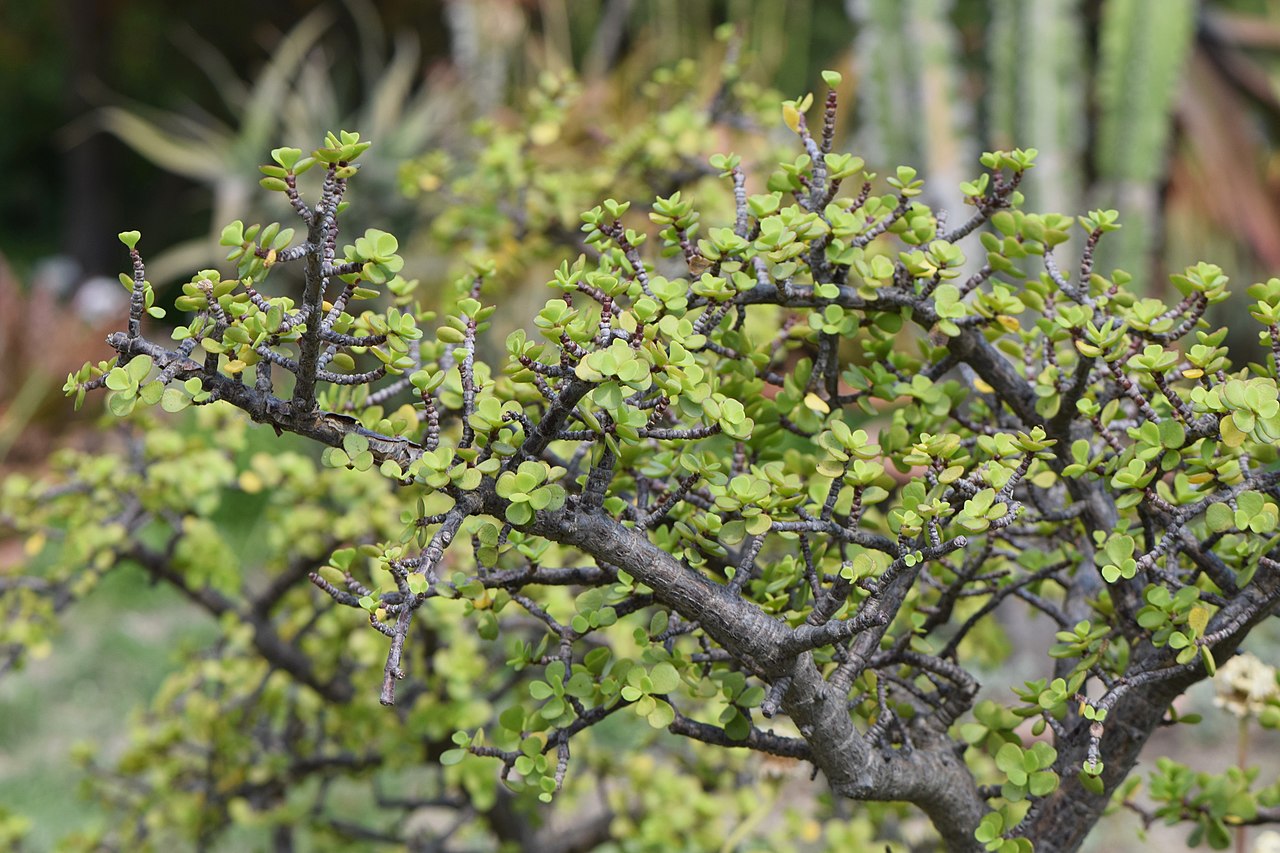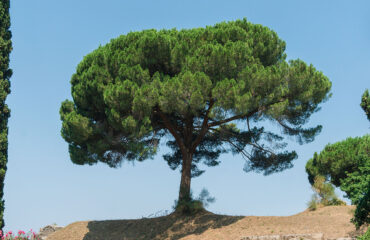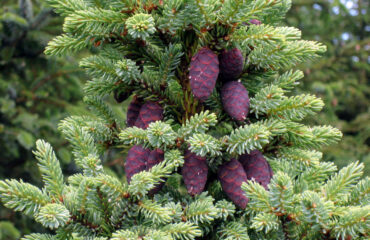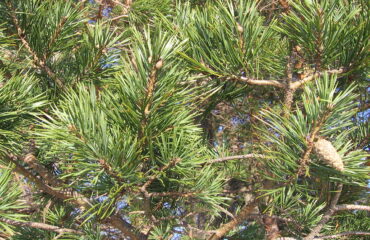Portulacaria afra, commonly known as Elephant Bush, Spekboom, or Dwarf Jade Plant, is a succulent native to South Africa. Renowned for its small, glossy leaves and bushy growth habit, this plant is highly valued for its ability to thrive in arid environments and its role in combating desertification. It is also popular in bonsai cultivation and as a low-maintenance houseplant. Propagation of Portulacaria afra is straightforward and can be achieved through various methods, including seeds, stem cuttings, leaf cuttings, and division. Each method offers distinct advantages, making it possible to propagate this resilient plant effectively.
Portulacaria afra (Dwarf Jade Plant) Propagation Methods
This structured overview covers the diverse propagation methods for Portulacaria afra, providing practical guidance and insights for both novice and experienced gardeners interested in growing and conserving this remarkable succulent.
1. Seed Propagation
1.1. Seed Collection
Seed propagation is less common for Portulacaria afra compared to other methods but is essential for generating genetic diversity.
- Identifying Mature Seeds: Seeds are collected from mature plants after the flowering period, typically in late summer or early autumn.
- Seed Extraction: Harvest the small, round seeds from the dried seed capsules. This process can be labor-intensive due to the tiny size of the seeds.
- Seed Preparation: Clean the seeds by removing any debris and allow them to air dry before sowing.
1.2. Sowing and Germination
Proper sowing techniques are crucial for successful germination of Portulacaria afra seeds.
- Sowing Seeds: Sow the seeds in a shallow tray filled with a well-draining succulent or cactus mix. Lightly cover the seeds with a thin layer of soil or sand.
- Germination Conditions: Place the tray in a warm, bright location with indirect sunlight. Maintain consistent moisture but avoid waterlogging the soil.
- Care of Seedlings: Once seedlings emerge, thin them to prevent overcrowding and ensure they receive adequate light and space for growth.
2. Stem Cuttings
Propagation through stem cuttings is the most popular and efficient method for growing Portulacaria afra.
2.1. Cutting and Preparation
- Selecting Cuttings: Choose healthy, non-flowering stems for cuttings. Each cutting should be 4-6 inches long.
- Cutting Technique: Use a sharp, sterilized knife or scissors to cut the stem just below a node. Allow the cuttings to air dry for a few days to form a callus, which helps prevent rot.
- Preparing Cuttings: Remove the lower leaves to expose the nodes and reduce water loss.
2.2. Rooting and Planting
- Rooting Medium: Plant the cuttings in a well-draining mix, such as a blend of cactus soil and perlite or sand.
- Rooting Environment: Place the cuttings in a bright location with indirect sunlight. Water sparingly until roots develop, typically in 2-4 weeks.
- Transplanting: Once roots have formed, transplant the cuttings into individual pots and gradually acclimatize them to regular watering and full sunlight.
3. Leaf Cuttings
Leaf cuttings are another viable method for propagating Portulacaria afra, though it is less commonly used than stem cuttings.
3.1. Cutting and Preparation
- Selecting Leaves: Choose healthy, plump leaves for cuttings.
- Cutting Technique: Gently twist or cut the leaf from the stem using a clean, sharp tool. Allow the leaf to callus for a few days before planting.
3.2. Rooting and Planting
- Rooting Medium: Place the callused end of the leaf on the surface of a well-draining soil mix. Do not bury the leaf.
- Rooting Environment: Keep the soil lightly moist and provide indirect sunlight. Roots and small plantlets should begin to form at the base of the leaf within a few weeks.
- Transplanting: Once the plantlets are large enough to handle, transplant them into individual pots.
4. Division
Division is useful for propagating large, well-established Portulacaria afra plants.
4.1. Division Process
- Identifying Mature Plants: Select mature plants with multiple stems and a well-developed root system.
- Division Technique: Carefully remove the plant from its pot and gently separate the root ball into smaller sections, ensuring each division has roots and stems.
- Replanting Divisions: Plant each division into individual pots with fresh, well-draining soil. Water lightly and keep in a shaded area until established.
4.2. Benefits of Division
Division helps rejuvenate older plants and provides multiple new plants from a single specimen.
Conclusion
Propagating Portulacaria afra through seeds, stem cuttings, leaf cuttings, and division offers versatile methods for expanding this hardy and attractive plant. Each method has its unique advantages, from generating genetic diversity with seeds to quickly producing new plants through cuttings and division. By understanding and applying these propagation techniques, gardeners can enjoy the many benefits of Portulacaria afra, from its ornamental value to its environmental benefits in soil conservation and air purification. This versatile and resilient plant continues to be a favorite for gardeners, bonsai enthusiasts, and conservationists alike.
Share this article



